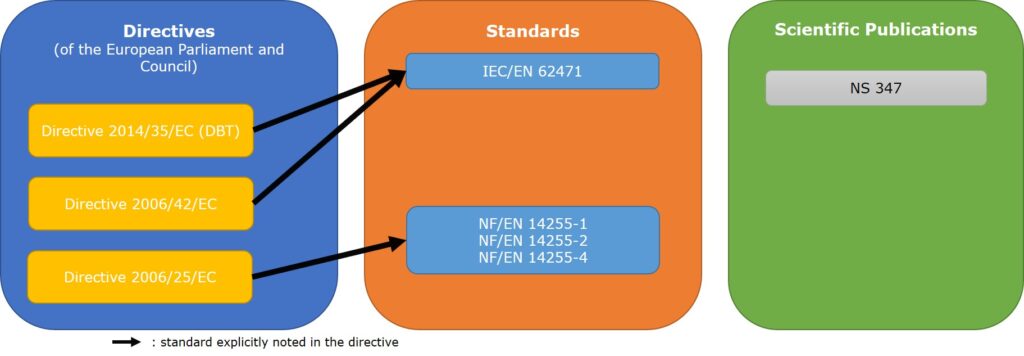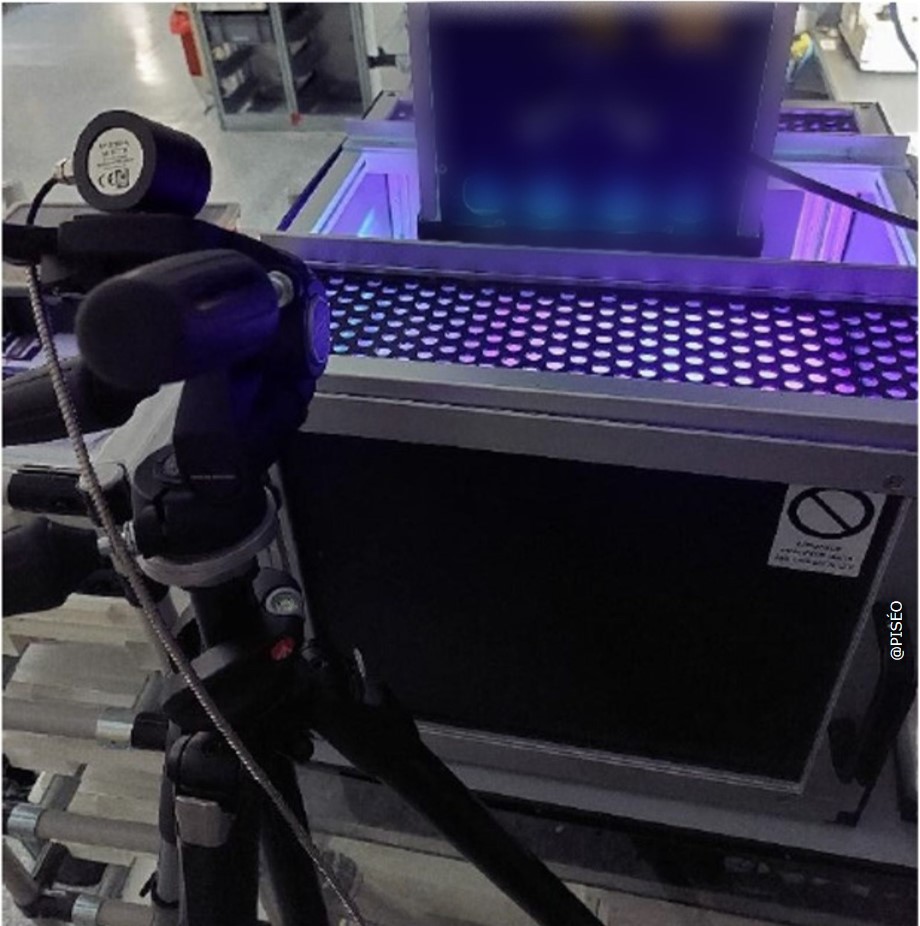Sources of artificial light such as LEDs (non-coherent) and lasers (coherent), as well as the systems that integrate them, can, under certain conditions, cause deleterious effects on the human body. Radiation from these sources is present in the ultraviolet (UV), visible, and infrared (IR) ranges.
Also, European regulations provide provisions to protect people from the risks of potentially dangerous radiation.
In the professional field, employers must respect the legislation and implement means to protect employees against this potentially harmful exposure. To do this, they must first assess the optical risks related to working conditions based on the regulations and international standards in force and on the advice of experts in the field.
In order to protect individuals, the Council of the European Union and the Parliament have adopted directives and regulations with which products and devices incorporating UV sources and their use must comply. These directives refer to so-called harmonized standards enabling compliance with this regulation. Finally, the scientific community has written publications to specify the UV systems in line with their application.
The European regulatory and normative system concerning worker exposure to UV risk can be summarized in the diagram below.
In France, the labor code and decree also regulate worker exposure to UV risks. The exposure limits and UV risk assessment methods are also described in the standards. The assessment of the UV risk for workers on an illumination system, for example, is therefore mandatory.

Thanks to their skills and mobile radiometric test equipment, PISÉO experts can carry out on-site optical risk assessments in order to report on employee exposure to artificial optical radiation and allow employers to take appropriate measures to prevent these risks. Indeed, PISÉO experts take part in the standardization work of AFNOR and IEC on optical safety within the framework of the UF76 and TC76 committees and carry out radiometric measurements using the spectroradiometers of their laboratory accredited to ISO 17025 by the COFRAC.

The optical risk can be reduced in several ways:
– using light sources with low optical risk,
– by integrating the light sources into the systems in such a way that the optical risk is limited,
– by informing users of sources and systems by markings indicating the presence and level of risk,
– by using protection either in the installation and/or by providing employees with appropriate personal protective equipment.
PISEO experts are able to support you in reducing the optical risk in all of these situations by offering you consulting, optical and mechatronic design and characterization services in the laboratory and on-site.


